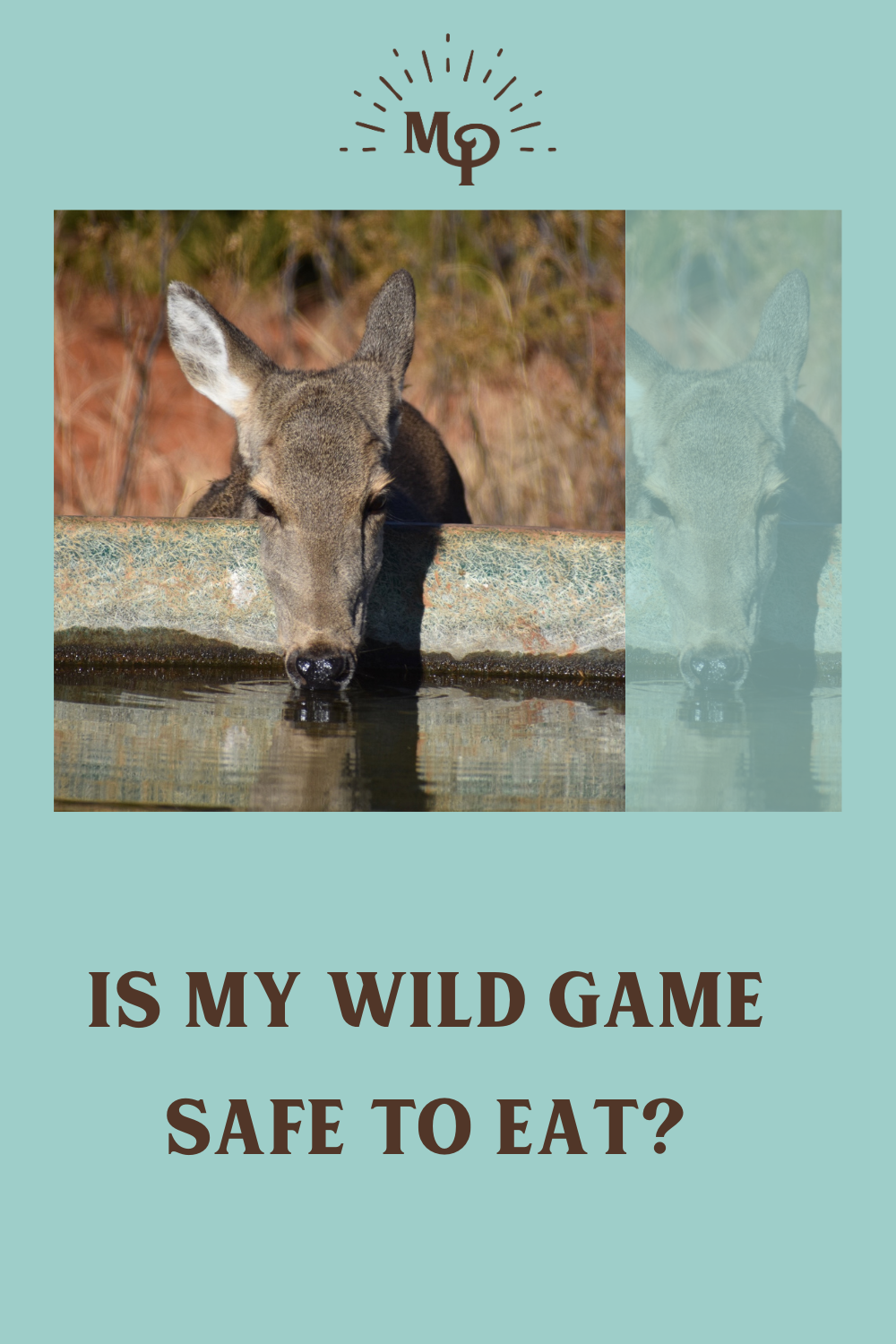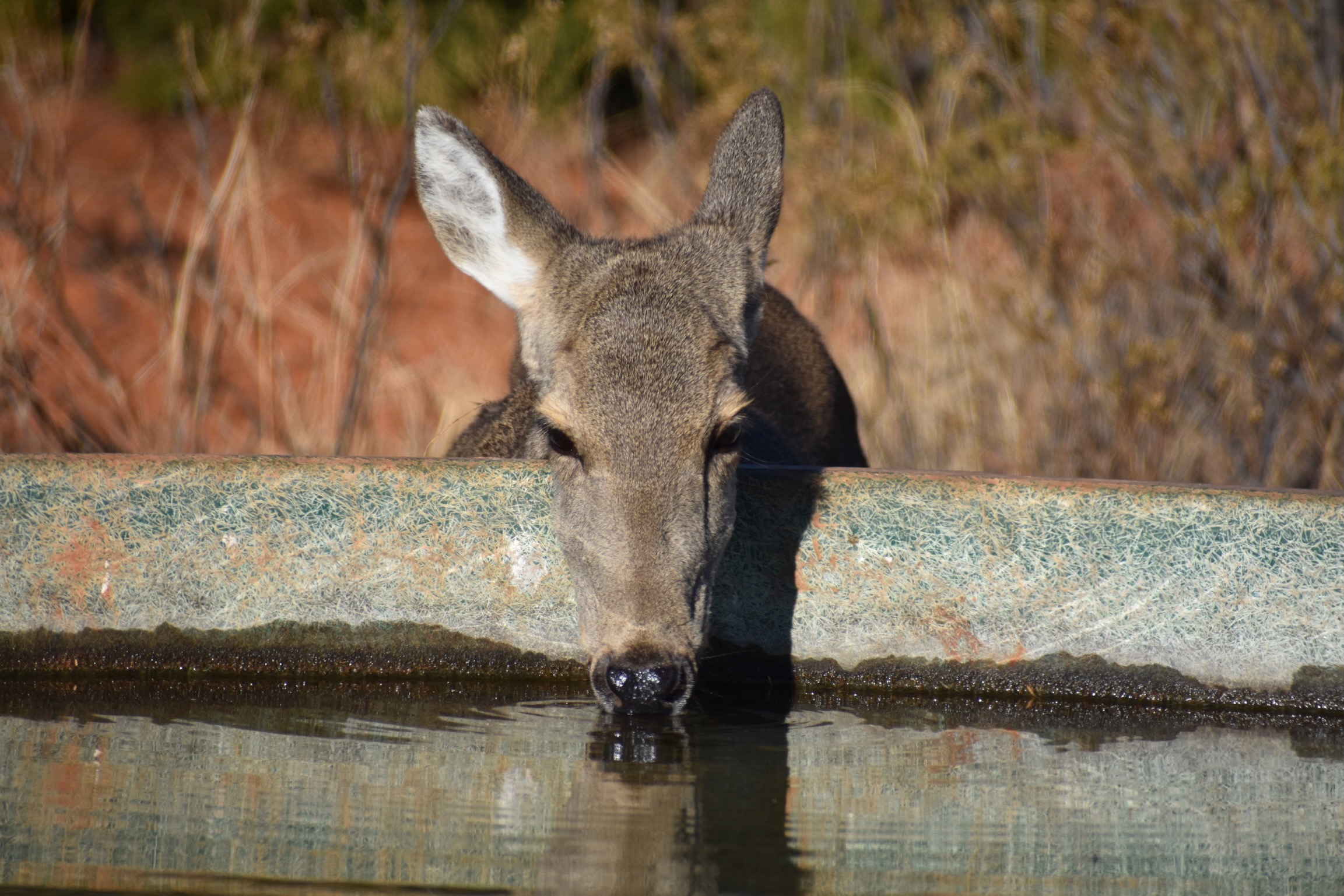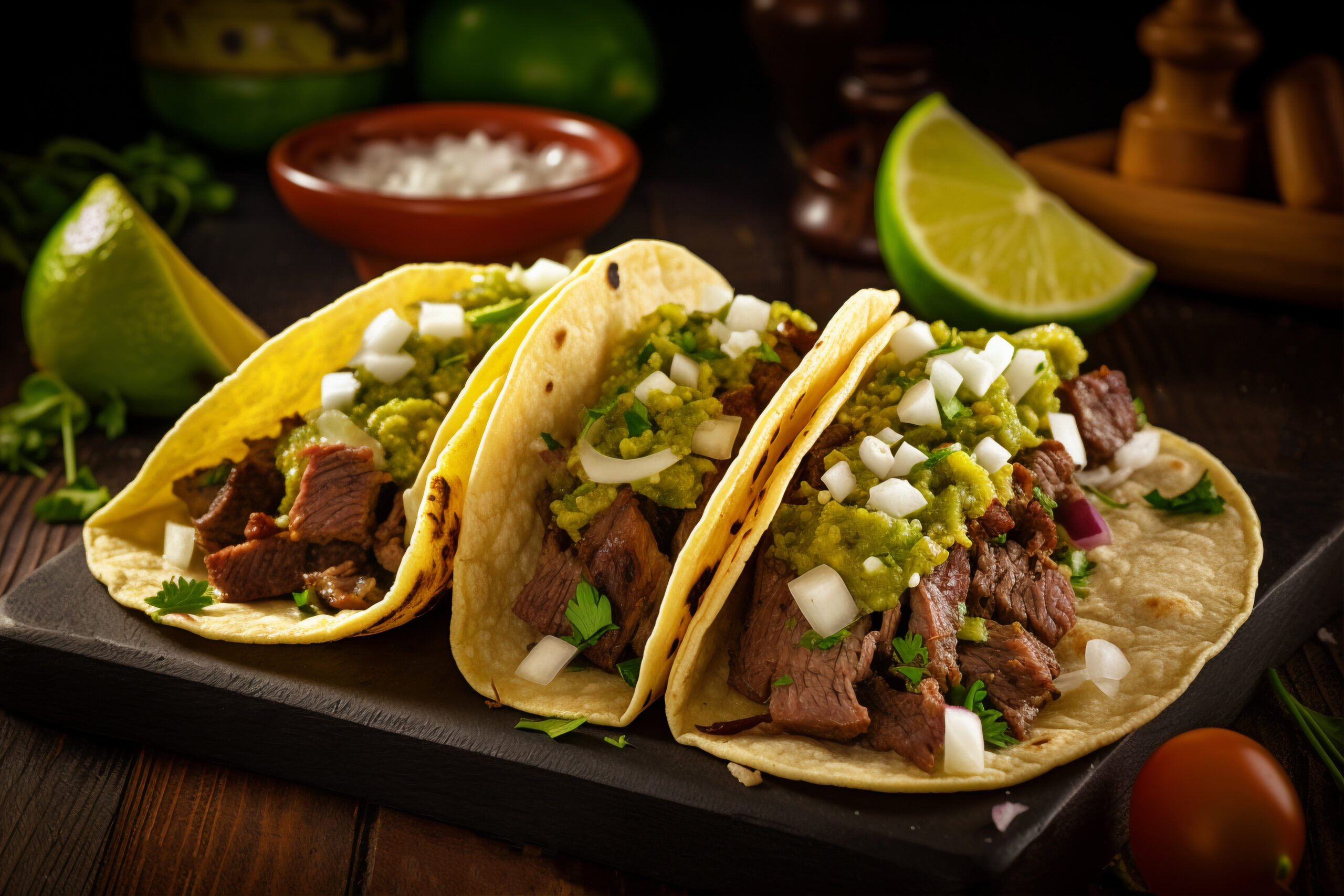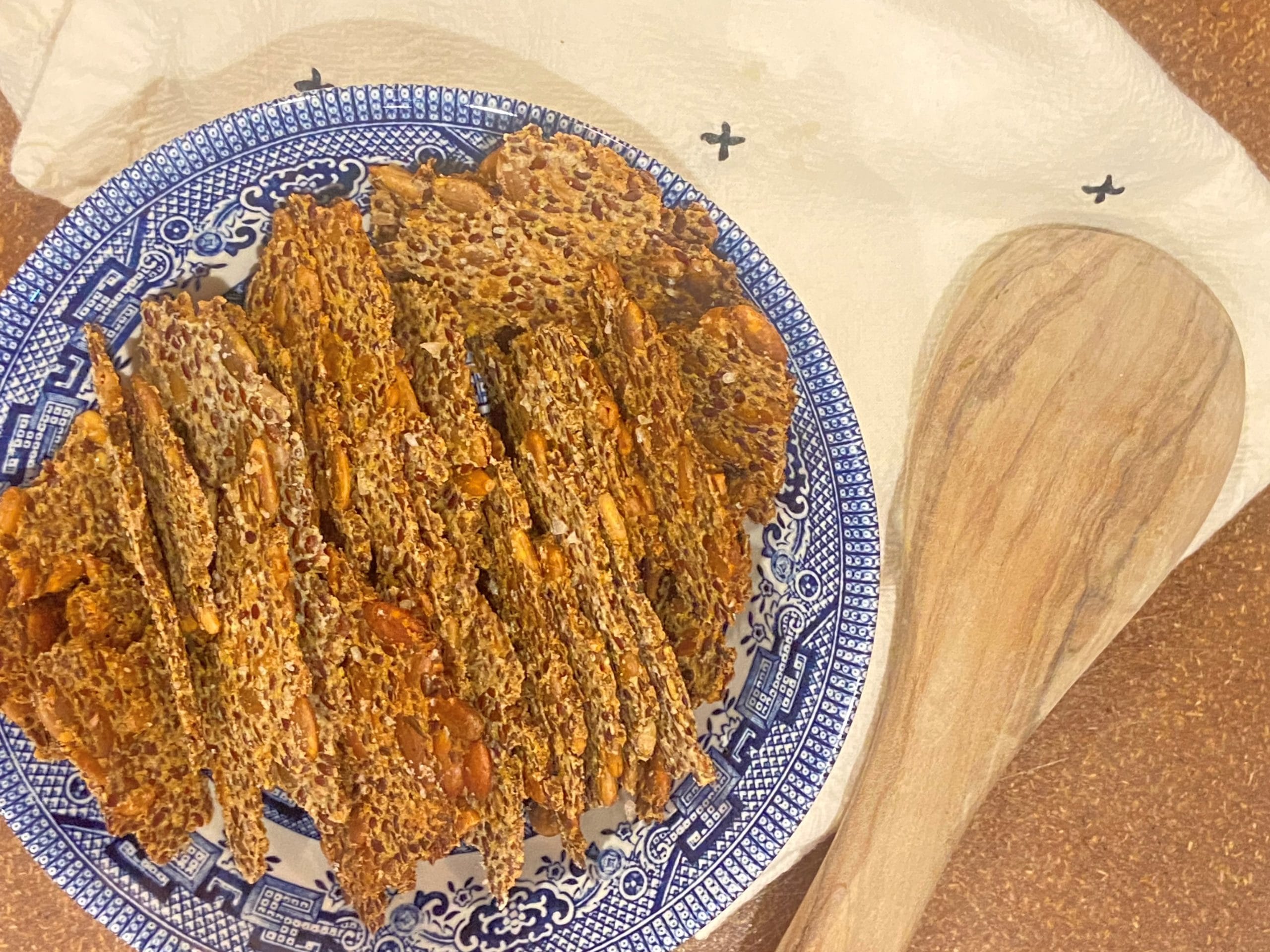For those of us who hunt for most of, if not all of, our meat for our households, it is important for us not only to know where our wild game comes from but also to know the apparent health of the animal. Is our wild game safe to eat?
Animals, like humans, are hosts for all kinds of diseases resulting from parasites, viruses, injury, or infection. Because of these conditions, it is sometimes obvious to us when meat from that animal may not be “good” or poses a risk to our own health. However, there are also some circumstances in which the animal itself may appear unhealthy or the meat may look different but that doesn’t necessarily mean it isn’t okay to eat (with proper preparation, of course).
Let’s look at some common conditions hunters/anglers may encounter when cleaning and preparing their meat, and whether to trash it or cook with caution.

Looking for new wild game recipes? Get our downloadable with 10+ recipes today.
How to Know if Your Wild Game is Safe to Eat
Chronic Wasting Disease (CWD)
This is a prion disease often found in members of the Cervid or Deer family. A deer with CWD can often be identified by its skinny (wasting) appearance, listlessness, and lack of coordinated movement. There are no confirmed cases of CWD being transmitted to humans through meat consumption.
- Can you eat it? YES, with caution. Although meat from deer with apparent or confirmed CWD can be consumed, many choose not to consume it and simply discard the carcass at a designated location. If you choose to consume the meat, extra caution should be taken during butchering to stay away from the brain and spinal tissues, the spleen, and lymph nodes. Soak all equipment (knives, cutting boards, etc) in a 50/50 bleach solution for an hour, and a minimum of 5 minutes for stainless steel items.
Rice Breast
Appearing as literal grains of rice within the meat, rice breast is a common condition among waterfowl. It is a parasitic infection transmitted from one host to the next through eggs in waterfowl feces which then taints food and water sources, gets consumed by another bird, hatches, and grows into cysts that give the rice-like appearance. There is no way to tell if a bird is infected until the breast meat is exposed.
- Can you eat it? YES. Though not specifically dangerous to humans, most people tend to discard the meat due to its rather unsightly appearance. However, if cooked to a temperature of at least 150 degrees for 15 minutes, or frozen to -40 degrees, the parasite should die (Do NOT feed these meat scraps to dogs or cats, however).
Trichinellosis aka Trichinosis
This condition is a parasitic infection that can go completely unidentified until symptoms occur after eating infected meat. Animals that most commonly carry this parasite include bears, wolves, wild cats (cougar), foxes, and seals.
Read More: The Use of Drones in Waterfowl Hunting
- Can you eat it? YES. As mentioned above, though there is no way to know whether your meat may contain this parasite, it draws attention to the fact that it is important to thoroughly cook all game meat to the recommended temperature.
Heterosporic
This is a parasite affecting mostly yellow perch, but is also common in walleye, northern pike, trout, sunfish, and rock bass. While fileting, it appears as opaque white shots within the filet.
- Can you eat it? YES. It is recommended that if the filet is to be consumed to cook it completely, and any skin or scraps should be burned or buried, not discarded back into the water.
Commonly Asked Questions About If Your Meat Is Safe to Eat:
Is Wild Game Meat bad for you?
Wild game meat is generally healthy when properly prepared. It often contains less fat and more lean protein than commercially raised meats. However, it must be cooked thoroughly to avoid any potential parasites or bacteria.
Read More: Wild Game Briskey with Shoulder Roast
Is it safe to eat wild game raw?
Eating wild game raw is not recommended due to the risk of parasites and bacteria. Cooking the meat to an appropriate temperature kills harmful pathogens, making it safe for consumption.
How do you make wild game safe to eat?
To make wild game safe to eat, ensure the meat is properly handled, stored, and cooked. This includes keeping it at the right temperature, avoiding cross-contamination, and cooking it thoroughly to kill any harmful organisms.
How to tell if a deer is safe to eat?
A deer is generally safe to eat if it appears healthy and has been properly field-dressed and processed. Avoid consuming meat from deer that show signs of illness or have abnormal behavior, as these could indicate disease.




